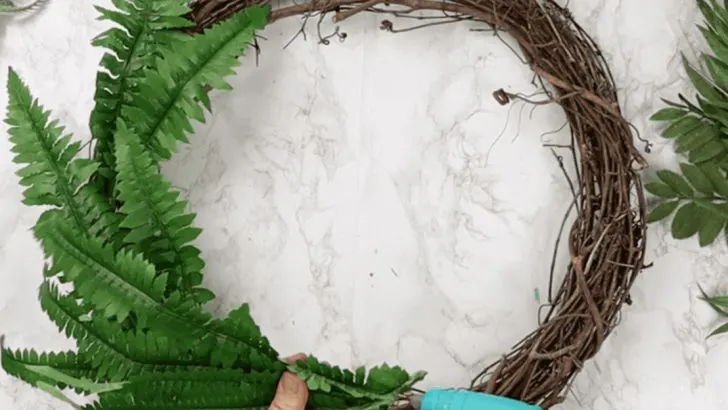Ferns are often admired for their lush, green beauty, but did you know they have practical uses beyond landscaping? These ancient plants have been used for medicine, food, crafts, and even air purification for centuries.
In this article, we reveal 16 surprising uses for ferns beyond just decorating your garden. From natural remedies and edible varieties to dye-making, pest control, and even water filtration, these versatile plants offer more benefits than you might think. If you love discovering hidden uses of common plants, ferns might just become your new favorite multitaskers!
Culinary Delights

Fiddlehead ferns, harvested in their young, coiled stage, are a delicacy in many cuisines. Their crisp texture and earthy flavor make them a delightful addition to various dishes. Try them sautéed with garlic or tossed in a salad for a refreshing twist. Packed with antioxidants, these ferns are not just tasty; they’re nutritious, too. While they’re a seasonal treat, preserving them by pickling allows enjoyment year-round. Cooking with fiddleheads offers an opportunity to explore new taste profiles and add a gourmet touch to home-cooked meals.
Natural Air Purifiers
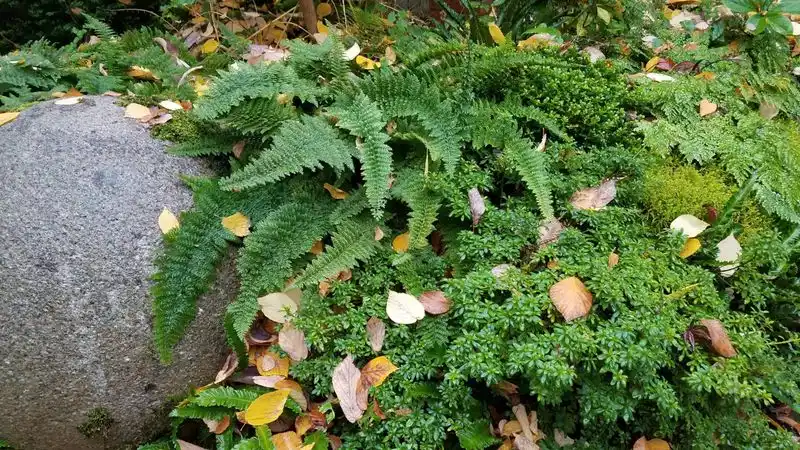
Ferns excel at filtering pollutants from the air, making them ideal indoor plants for healthier living spaces. Their ability to absorb toxins like formaldehyde and xylene is well-documented. By introducing ferns into your home, you not only enhance your decor but also improve air quality. These plants thrive in indirect light, requiring minimal care—just regular watering and occasional misting. For those in urban environments, ferns offer a natural solution to counteract pollution and bring a breath of fresh air indoors, fostering a cleaner, more serene atmosphere.
Medicinal Uses
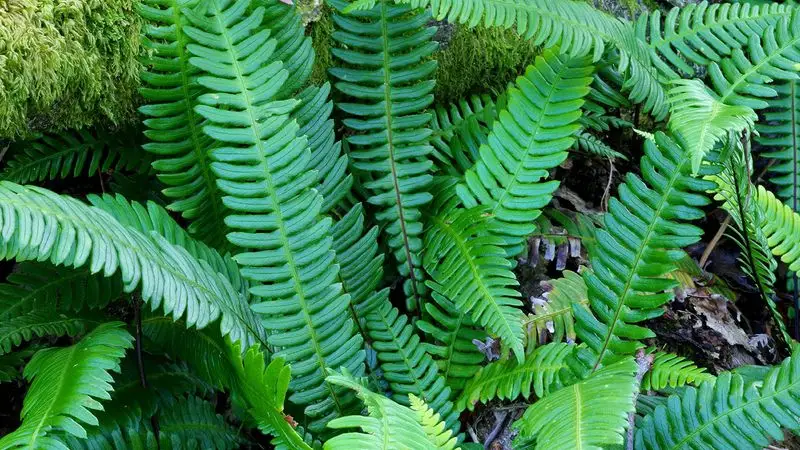
Throughout history, ferns have been used in traditional medicine for their healing properties. Some species are known to aid in alleviating coughs, colds, and even digestive issues. Preparing a fern-infused tea or tincture can offer natural relief from common ailments. However, it’s essential to consult with a healthcare professional before using ferns medicinally, as not all species are safe for consumption. Integrating medicinal ferns into holistic health practices can enhance well-being, drawing on ancient wisdom and natural remedies to support modern lifestyles.
Craft and Decor
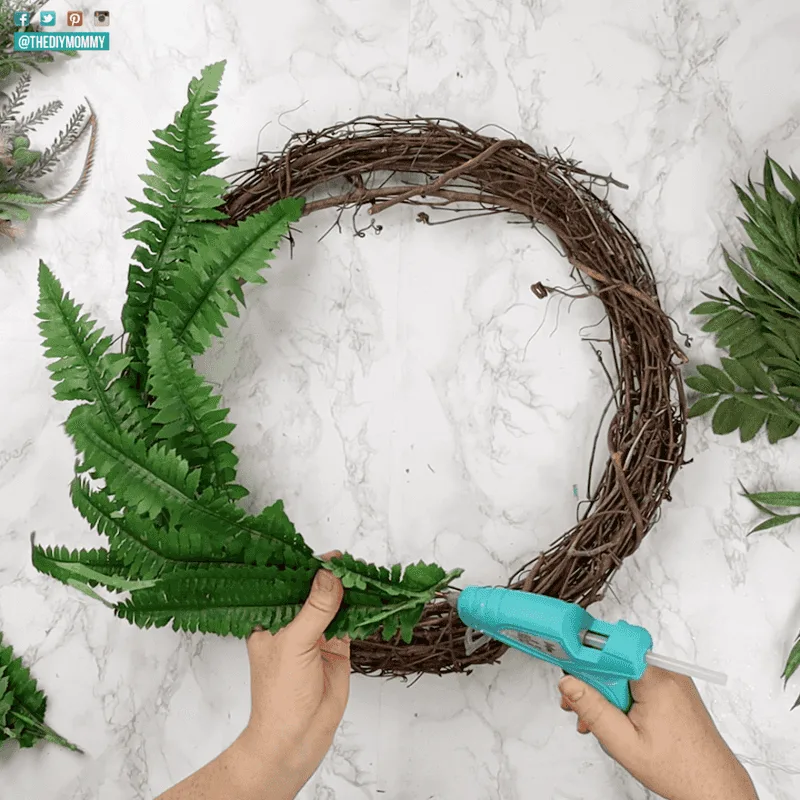
Dried ferns add a touch of nature’s elegance to arts and crafts projects. Their intricate patterns and delicate structure make them perfect for pressing and framing. Ferns can also be used to create unique prints on textiles, adding a botanical flair to fabrics. Whether you’re designing handmade cards or refreshing your home decor, ferns provide a versatile and eco-friendly medium. By incorporating these natural elements, one can infuse spaces with organic beauty, creating a connection to the natural world and fostering creativity.
Dye Production
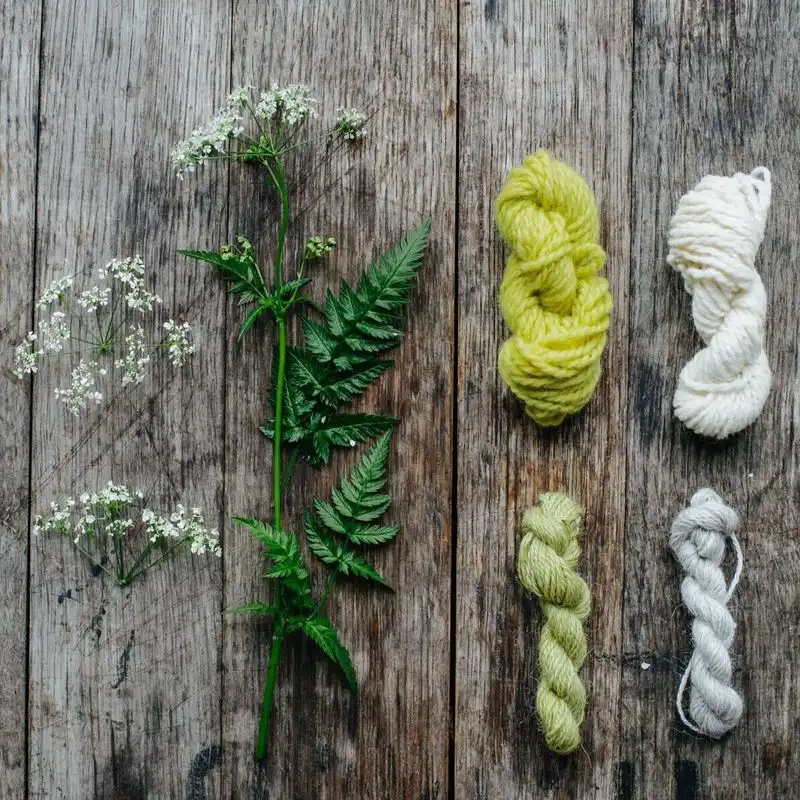
Natural dyes from ferns offer a sustainable alternative to synthetic options. Some fern species produce beautiful, subtle hues that can be used to color textiles. The process involves boiling fern fronds to extract pigments, which can then be applied to fabrics. This eco-friendly approach not only reduces chemical use but also reconnects us with ancient dyeing traditions. Experimenting with fern-based dyes allows artists and hobbyists to explore a range of colors, promoting creativity while being kind to the environment. This practice revitalizes garment creation with nature’s palette.
Erosion Control
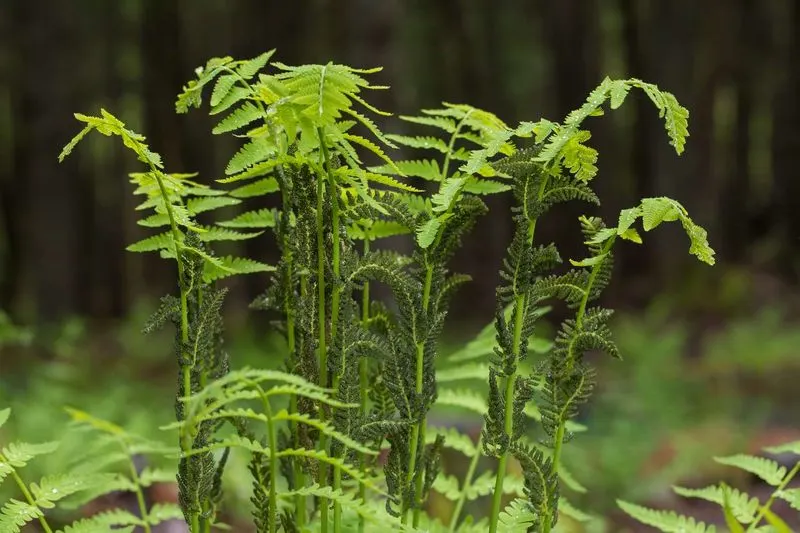
Ferns play a crucial role in stabilizing soil and preventing erosion, especially on slopes and in forested areas. Their extensive root systems help hold the soil in place, reducing runoff and promoting soil health. Planting ferns as ground cover in vulnerable areas can mitigate erosion’s damaging effects. This natural solution is often employed in conservation projects to preserve landscapes and protect ecosystems. By using ferns in erosion control efforts, we harness their ecological benefits to support sustainable land management and preserve natural beauty.
Pet Care
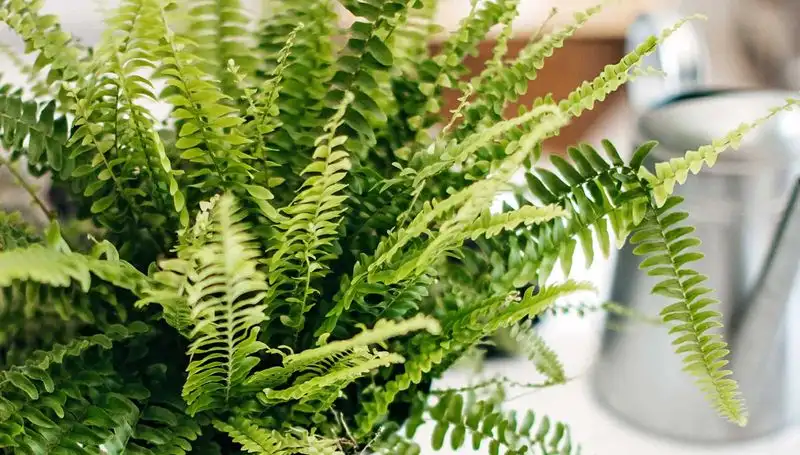
Ferns are generally safe for pets, making them an excellent choice for greenery in homes with animals. Unlike many houseplants, ferns are non-toxic to cats and dogs, providing peace of mind for pet owners. Their lush foliage adds aesthetic appeal without posing risks to curious pets. By choosing ferns, pet owners can create a harmonious living environment that caters to both their love for plants and the safety of their furry friends. Integrating ferns into pet-friendly spaces ensures a verdant, worry-free home for all family members.
Historical Symbolism

Throughout various cultures, ferns have served as symbols of growth, humility, and eternal youth. In folklore, they are often associated with magic and protection. The Maori view ferns as a symbol of new life and strength, while in Victorian times, they were a motif of sincerity and fascination. These symbolic meanings can be incorporated into designs, ceremonies, or personal reflections. By understanding the historical context of ferns, one can appreciate their cultural significance and incorporate these meanings into modern life, enriching personal and communal narratives.
Living Art Installations

Ferns have become a favored medium for artists creating living installations. Their lush, versatile forms allow for dynamic compositions that change over time. These installations can transform public spaces, offering viewers an evolving interaction with nature. Creating living art with ferns requires an understanding of their care needs and growth patterns. This genre of art fosters a dialogue between nature and urban environments, inviting contemplation and appreciation. As living art, ferns offer a sustainable, ever-changing canvas that captivates and engages audiences in unique ways.
Eco-Friendly Packaging
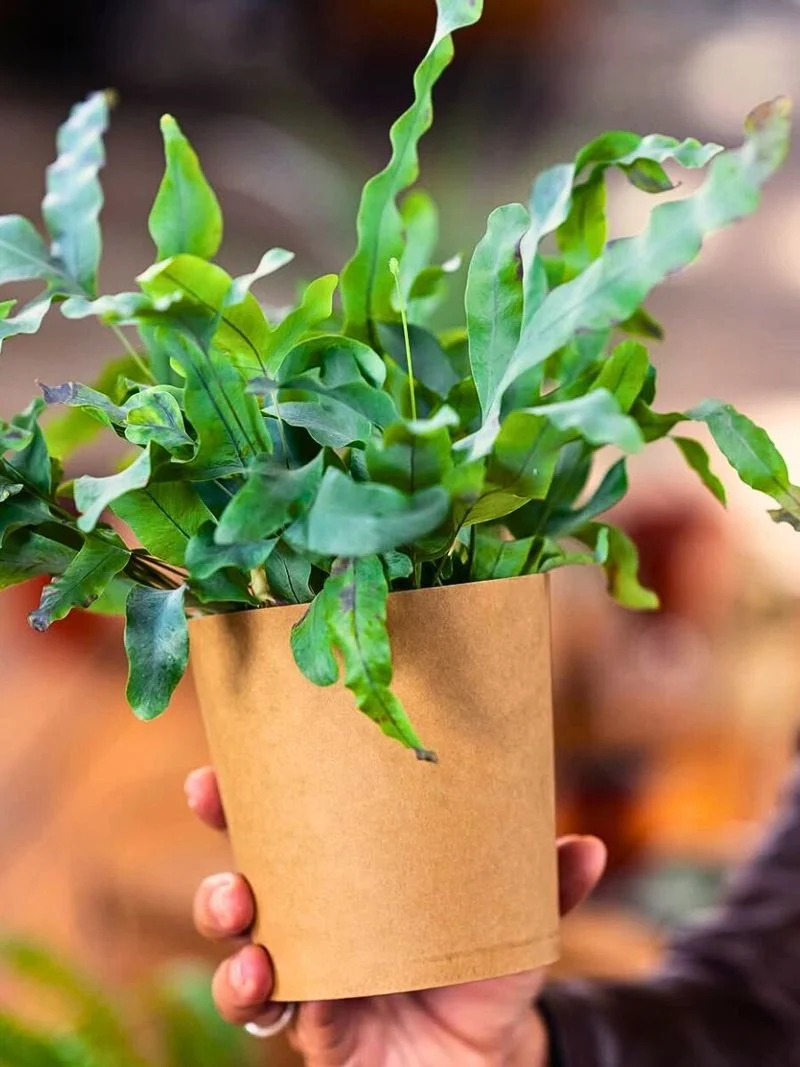
Fern fibers offer an innovative solution for sustainable packaging materials. These biodegradable fibers can be used to create sturdy and eco-friendly packaging options, reducing our reliance on plastics. The use of fern fibers in packaging aligns with increasing consumer demand for environmentally responsible products. By incorporating these materials into packaging design, companies can minimize environmental impact while meeting sustainability goals. The versatility of fern fibers offers designers new opportunities to innovate in packaging, contributing to a more sustainable future with nature-inspired solutions.
Cosmetic Ingredients
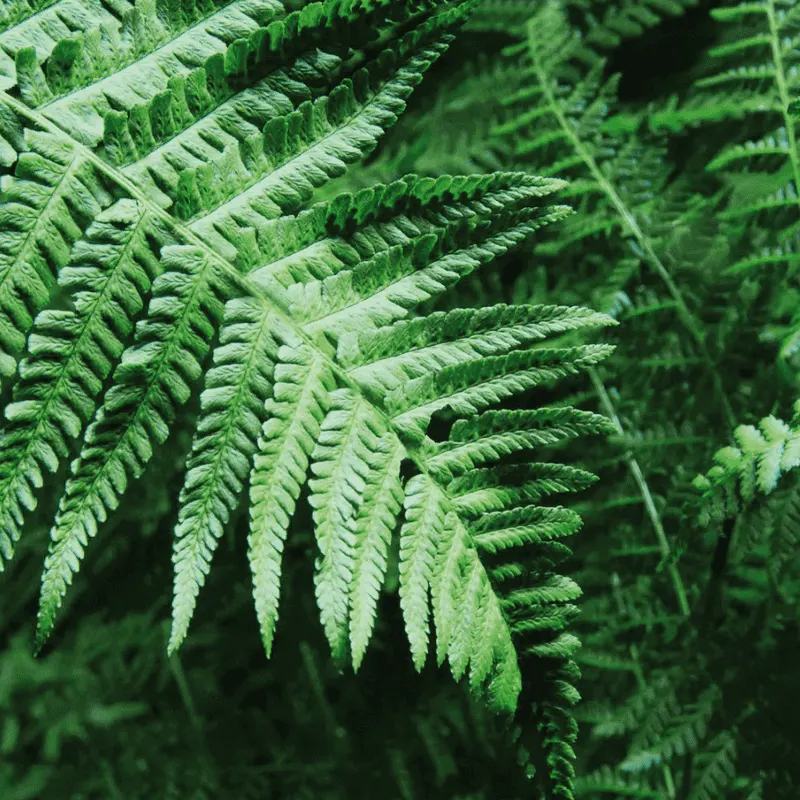
Ferns are making their mark in the cosmetic industry as natural ingredients in skincare. Compounds extracted from ferns are known for their antioxidant and anti-inflammatory properties, beneficial for skin health. Incorporating fern extracts into products like serums and creams can enhance skin’s appearance and resilience. This botanical infusion offers an alternative to synthetic ingredients, appealing to consumers seeking natural beauty solutions. By leveraging the skin-friendly properties of ferns, the cosmetic industry can create innovative products that promote health and wellness, resonating with eco-conscious consumers.
Foraging Adventures
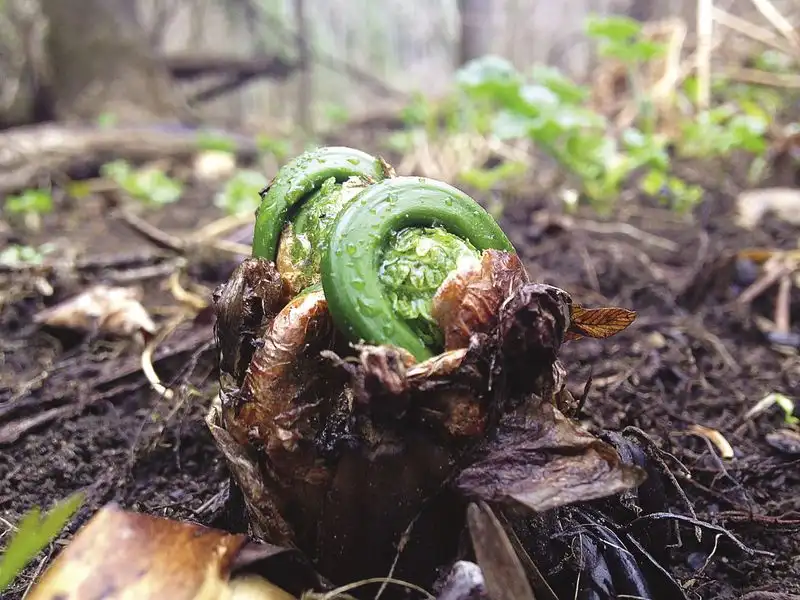
Foraging for wild ferns offers an adventurous and rewarding way to connect with nature. Edible varieties, like fiddleheads, can be found in forests and fields, providing a fresh, seasonal treat. Foraging requires knowledge of local flora to ensure safe and sustainable practices. This activity not only yields delicious ingredients but also fosters a deeper appreciation for the environment. By engaging in responsible foraging, individuals can enjoy the bounty of nature while maintaining ecological balance, highlighting the importance of understanding and respecting natural habitats.
Educational Tools
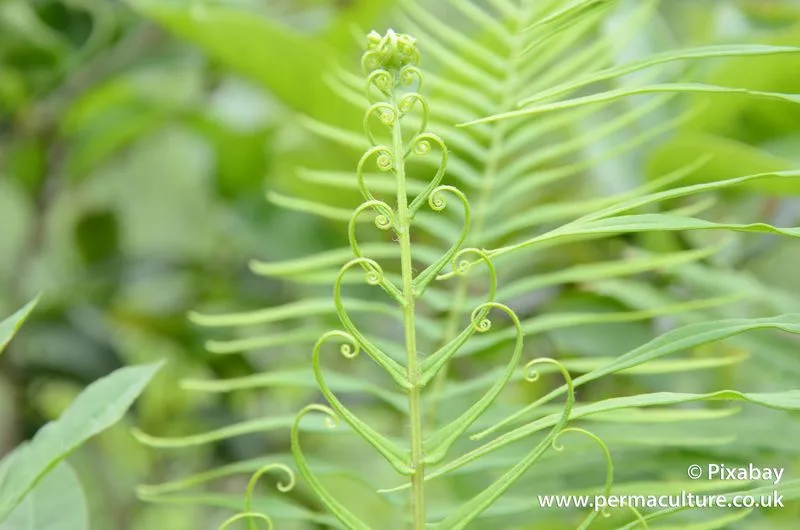
Ferns serve as excellent educational tools in classrooms, illustrating plant biology and ecology. Their unique reproductive cycle, involving spores instead of seeds, offers a fascinating study topic for students. Teachers can use ferns to explain concepts like photosynthesis and biodiversity. By incorporating living plants into lessons, educators provide hands-on learning experiences that captivate young minds. This approach fosters curiosity and environmental stewardship among students. Utilizing ferns in education highlights their role in ecosystems and encourages the next generation to appreciate and protect plant life.
Exotic Aromatherapy

Fern-derived essential oils are gaining popularity in aromatherapy for their soothing and exotic scents. These oils can enhance relaxation and reduce stress, offering a natural way to support mental well-being. Incorporating fern oils into massage therapy or diffusers creates a calming atmosphere that promotes tranquility and healing. As interest in holistic wellness grows, fern oils provide an alluring option for those seeking to integrate natural elements into self-care routines. This aromatic experience connects users with nature’s therapeutic properties, offering a sensory escape from the everyday hustle.
Wildlife Habitats
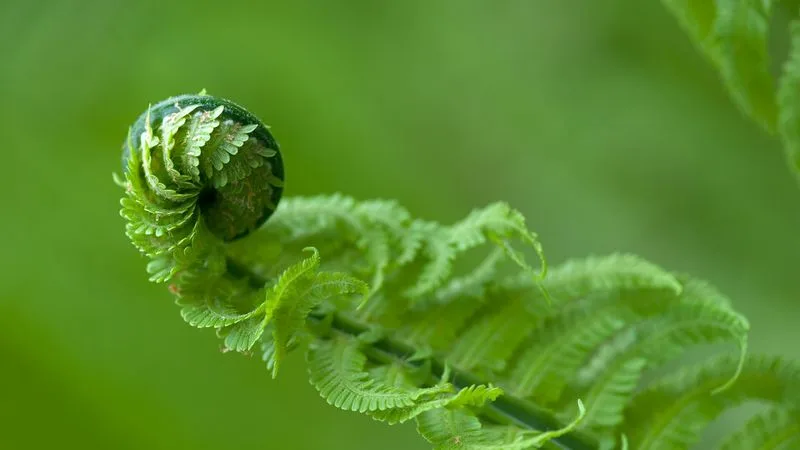
Ferns provide essential habitats for a variety of wildlife, supporting biodiversity in natural ecosystems. Their dense foliage offers shelter and breeding grounds for insects, birds, and small mammals. By maintaining fern-rich environments, we support the intricate web of life that depends on these plants. Conservation efforts that protect fern habitats contribute to the overall health of ecosystems, ensuring that wildlife thrives. The presence of ferns in a landscape indicates a healthy, vibrant ecosystem, reflecting the importance of preserving these ancient plants for future generations.
Cultural Heritage
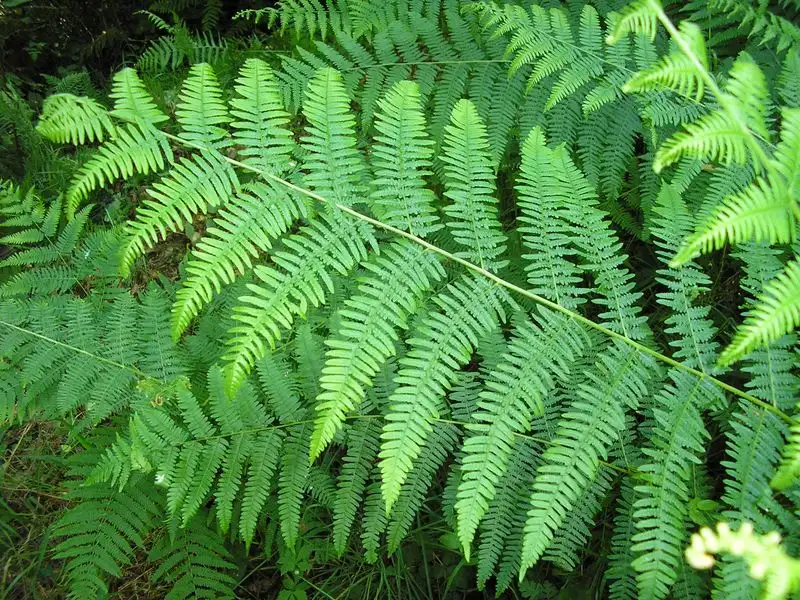
Ferns hold cultural significance in many societies, often featured in traditional ceremonies and crafts. In some cultures, they symbolize fertility and new beginnings, playing a role in rituals and celebrations. Fern motifs appear in textiles, carvings, and culinary practices, reflecting their integral role in cultural heritage. By preserving these traditions, communities maintain a connection to their history and identity. Exploring the cultural heritage of ferns reveals their enduring influence, offering insights into how these plants have shaped human experiences and continue to inspire cultural expressions today.

